University of California San Francisco
Give to UCSF-
-
Bay Area Patients Stung By Unapproved Stem Cell Treatments As FDA Looks To Clamp Down
-
Buyers Beware: Skin-Lightening Cream Could Cause Neurological Damage
A skin-lightening cream from Mexico has been found to have had a devastating effect on the central nervous system due to its highly toxic mercury levels, according to a UCSF-led report on a patient who remains unable to care for herself months after ceasing use of the product.
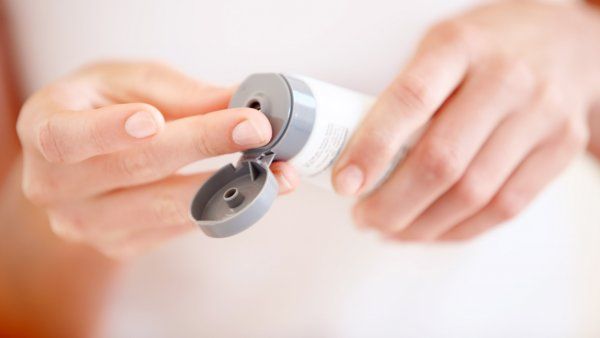
-
Should You Take a Direct-to-Consumer DNA Test?
With the rise of “direct-to-consumer” DNA tests, investigating your genes is easier than ever. But taking one of these tests may not be right for you, says UCSF professor Kathryn Phillips, PhD, who studies new health care technologies.

-
Old Drug Offers New Hope for Children with Devastating Disorder
A drug that once helped obese adults lose weight, but was withdrawn from the market due to heart risks, may be safe and effective for children with a life-threatening seizure disorder called Dravet syndrome.

-
UCSF to Preserve LGBTQ History Collections
UCSF Archives and Special Collections was awarded a $14,986 local assistance grant by the California State Library for the “Documenting the LGBTQ Health Equity Movement in California” project.
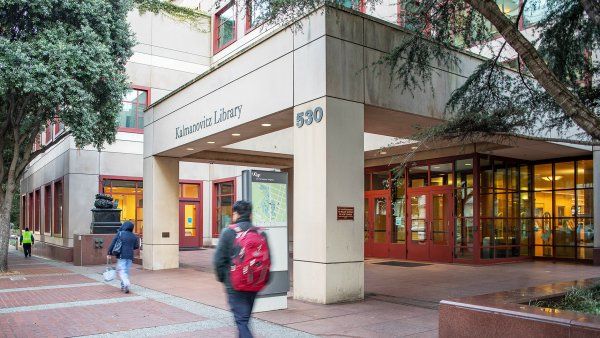
-
Health Care is Going Green
The health care sector accounts for as much as 10% of the U.S. carbon footprint and 5% globally, according to recent studies. This sobering statistic has an upside: It means that changes in the industry can play a major role in addressing the climate crisis.
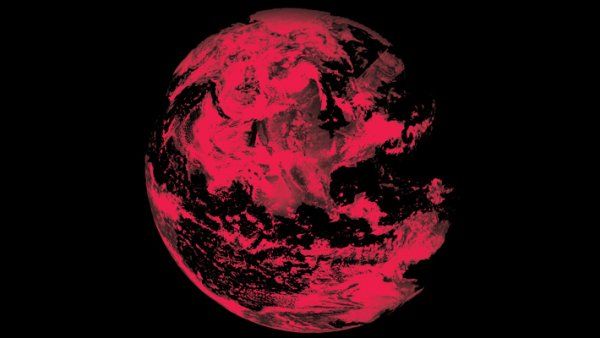
-
Climate Change is a Health Crisis
Hurricane. Fires. Disease and allergen outbreaks. Heat waves. These climate-fueled events kill, they pack ERs, and they leave lingering legacies of toxic pollution, pulmonary complications, and post-traumatic stress – but they are just a glimpse of what’s to come unless the world makes an extraordinary course correction.
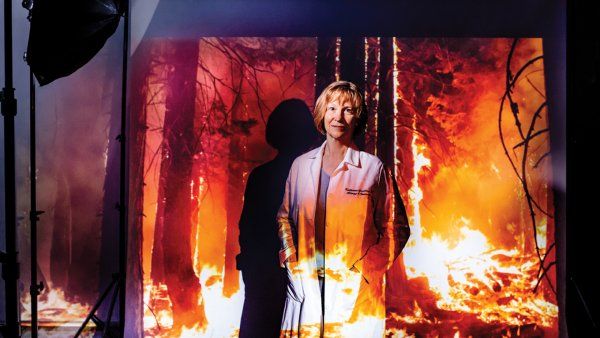
-
2019’s Highlights from Across UCSF
From international awards for high-caliber research to groundswell movements for social change, this past year was an eventful one for the UCSF community.
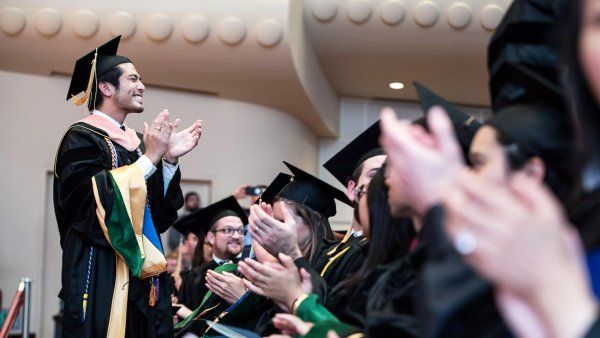
-
UCSF’s 11 Most Popular Health and Science Stories of 2019
Browse the stories that most engaged our readers in 2019.
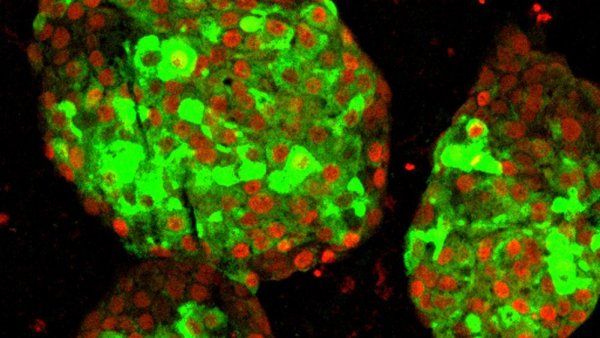
-
E-cigarettes found to increase risk of chronic lung diseases
-
New Personal Fundraising Platform Brings UCSF Community ‘Together’ in 2019
The Together at UCSF platform makes it easy for anyone to create a personal fundraising page to honor a friend, remember a loved one, or campaign for a cause.

-
Slideshow: Scenes From Across UCSF in 2019
Take a look back at some special moments captured in the top photos of the past year.
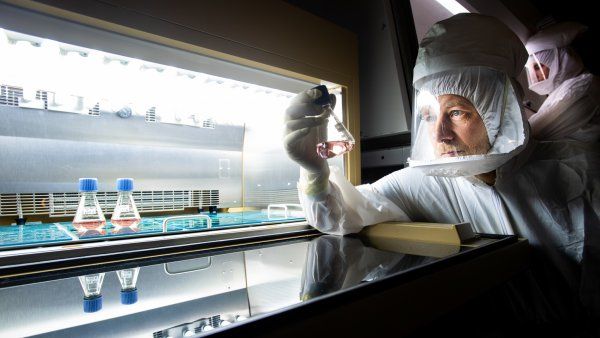
-
E-Cigarettes Significantly Raise Risk of Chronic Lung Disease, First Long-Term Study Finds
E-cigarette use significantly increases a person’s risk of developing chronic lung diseases like asthma, bronchitis, emphysema or chronic obstructive pulmonary disease, according to new UC San Francisco research, the first longitudinal study linking e-cigarettes to respiratory illness in a sample representative of the entire U.S. adult population.
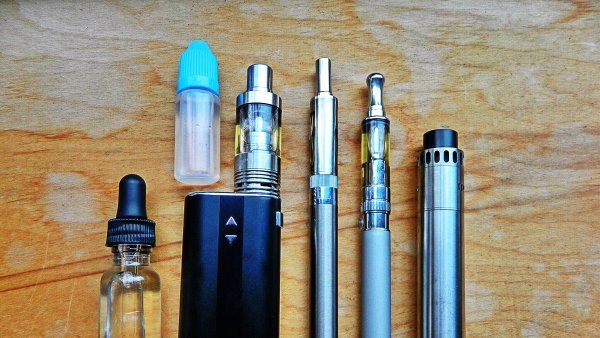
-
In Childhood Cancer, Private Insurance Means Better Survival
Children and young adults with pediatric cancer are less likely to be alive five and 10 years following diagnosis if their health insurance is public, compared to those with private insurance.
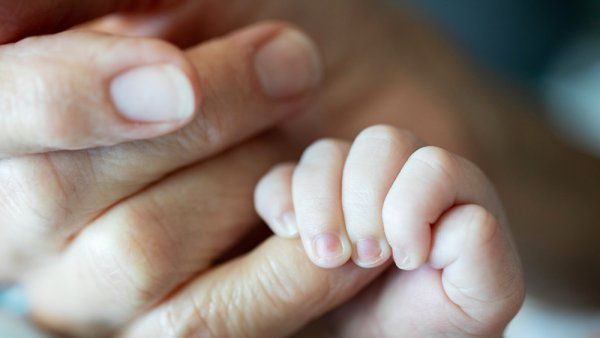
-
New Study Says Mixing Alcohol & Drugs is a Dangerous Combination
-
UCSF donors’ experience with memory loss inspires funding of new clinic
-
UC Researchers Advise Healthy California for All Commission
Researchers at the University of California will serve as expert policy guides for the Healthy California for All Commission, which has been charged by the governor and state legislature with developing a path toward universal health coverage in California, including a possible single payer system.
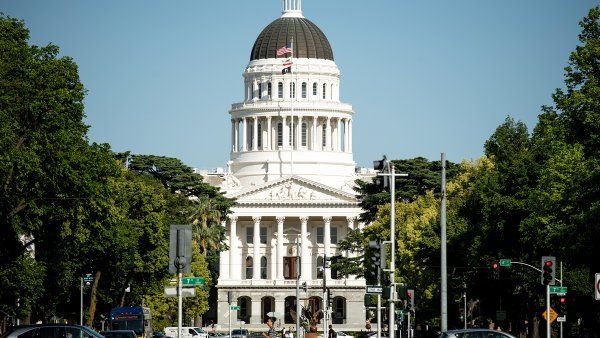
-
UCSF to Launch Unique Neurology Clinic Specializing in Difficult-to-Diagnose Cases
Patients with ambiguous neurological symptoms, but no diagnosis, frequently go from specialist-to-specialist over a protracted period of time. The new clinic’s goal is to fast-forward the time lapses between appointments by enabling pre-diagnostic screening and expert consultations to take place in a single visit.

-
Problem Drinkers Have Higher ‘Benzo’ Use, UCSF-Kaiser Permanente Study Shows
Problem drinkers are more likely than teetotalers and moderate drinkers to take benzodiazepines. When taken by heavier drinkers, benzodiazepines may heighten the risk for overdoses and accidents as well as exacerbate psychiatric conditions.

-
Fixing nature’s genetic mistakes in the womb. Will this alternative to abortion or chronic care work?
-
Breastfeeding May Bring Added Bonus for Women With MS
-
The Startling Secret of an Invincible Virus
-
2019: The Year in Review at UCSF
summary

-
Vijay Ramani Named to Forbes’ ‘30 Under 30’ List
Ramani is featured for co-inventing sci-Plex, a new technique that enables high-throughput chemical screening using single-cell RNA-sequencing as a read-out.
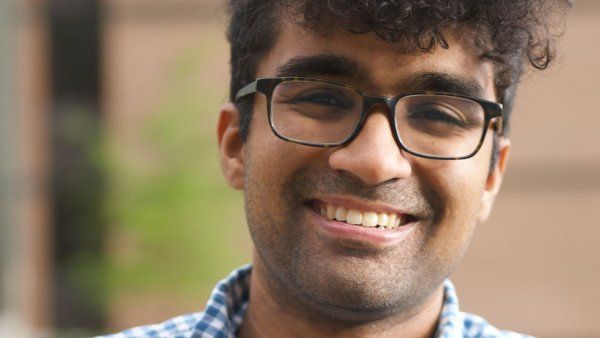
-
2019: The Year in Review at UCSF

-
Five Years Later, White Coats for Black Lives Die-In Continues to Create Change
Dec. 10 marks the fifth anniversary of the die-in, which sparked a movement of medical students across the country.
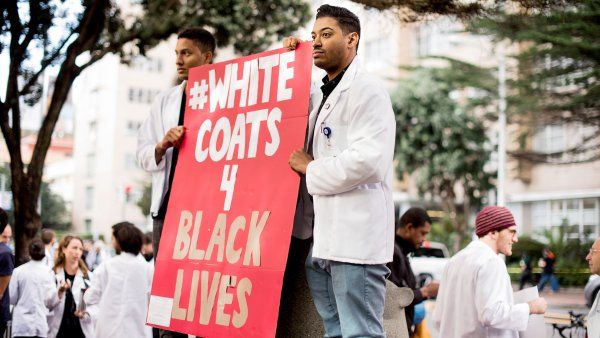
-
New Video Series Supports Dementia Caregivers in Latin America
The Global Brain Health Institute and the Alzheimer Research Center (Havana)—in collaboration with the UCSF Memory and Aging Center, Cuba Platform; and the Medical University of Havana—announced the launch of a new Spanish language video series for dementia caregivers, “Conversando con los Cuidadores.”
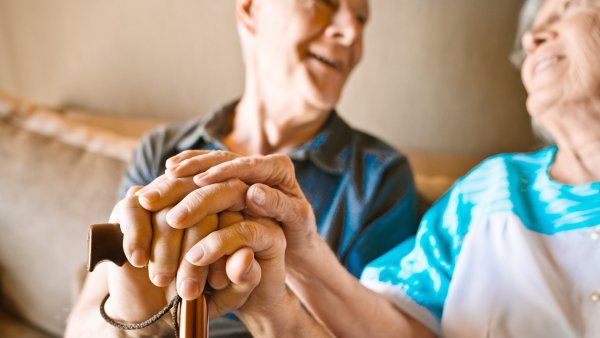
-
CRISPR-Resistant Viruses Build ‘Safe Rooms’ to Shield Genomes from DNA-Dicing Enzymes
After phages infect bacteria, they construct an impenetrable “safe room” inside of their host, which protects vulnerable phage DNA from antiviral enzymes. This compartment, which resembles a cell nucleus, is the most effective CRISPR shield ever discovered in viruses.
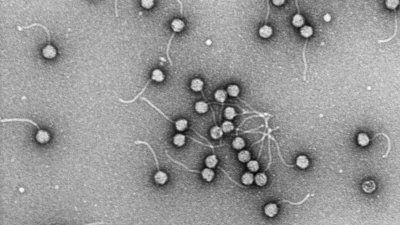
-
A perfect match: Wife gives husband kidney after meeting online